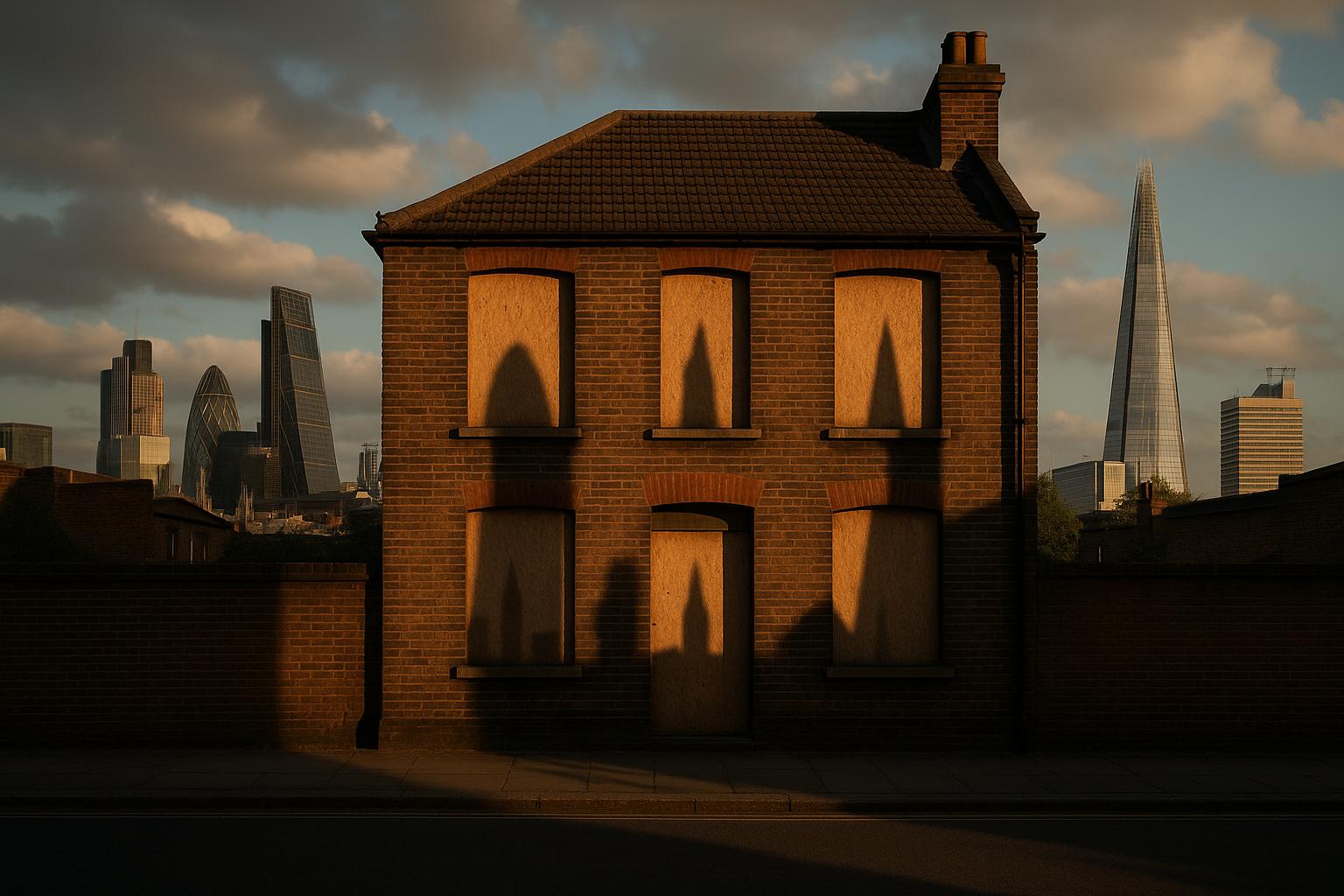The UK housing market showed modest movement in September 2023, with average asking prices increasing by 0.4% to £366,281 according to Rightmove’s House Price Index. This rise was slightly below the usual 0.6% typically seen for this month. However, despite this incremental increase, annual price growth turned negative, declining by 0.4%—the largest annual fall since March 2019. The South of England, including London, was identified as a significant factor behind this slight annual price dip as sellers faced intensified competition and longer times to secure buyers, reflecting broader regional pressures.
The subdued market conditions leading to this performance were attributed largely to ongoing interest rate hikes and the summer holiday season, which dampened buyer activity. Price reductions became prominent, with a 36.3% reduction rate recorded—the highest since January 2011—as sellers adjusted prices to attract cautious buyers. The market was also marked by slower sales; the number of sales agreed in August was 18% lower than the same month in 2019, indicating ongoing buyer wariness. The average time to sell a property in September reached 57 days, the longest for this month since 2012. Notably, while the South of England saw a dip in prices, the volume of homes sold remained higher than the previous year, suggesting that buyers remained active when properties were competitively priced.
In terms of buyer demographics, first-time buyers, who typically target two-bedroom properties or fewer, also appeared more cautious, with sales agreed down 13% compared to August 2019. On a more positive note, mortgage rates have shown some relief; the average five-year fixed rate declined from 6.11% in July to 5.67% in September. This easing may gradually improve affordability and buyer sentiment, as evidenced by a 12% increase in new properties coming to market in early September compared to August, hinting at a potential uptick in market activity despite current challenges.
Comparatively, national data from other sources offers a more nuanced picture. Halifax reported that in September 2024, the average UK house price had nearly reached a record high, standing at £293,399, just £108 below the peak set in June 2022. This marked a 0.3% monthly increase and a healthy 4.7% rise year-on-year, reflecting market resilience amid broader economic pressures. London prices notably grew by 2.6% over the previous year, suggesting that while some southern areas are experiencing price dips, others like London are still witnessing growth. This divergence highlights the complex and regionalised nature of the UK housing market.
Looking back over recent years adds further context. Earlier reports in 2023 indicated that stronger market segments, particularly higher-end homes, saw more robust price growth, with some areas like Sandbanks in Dorset experiencing exceptional demand and a 20% increase in asking prices year-on-year. Meanwhile, a trend of renters moving away from cities towards more affordable and available homes outside urban centres has been observed, influencing the dynamics of both the rental and sales markets. Meanwhile, market sensitivity remains a defining feature, with different sectors and locations operating at varied speeds depending on factors such as mortgage availability, buyer affordability, and local demand conditions.
Overall, while September’s slight price rise and annual dip reflect a cautious and competitive market, ongoing mortgage rate easing and regional demand suggest pockets of opportunity for buyers and sellers alike. The nuanced interplay of interest rates, regional differences, and buyer behaviour continues to shape the UK housing landscape in a period marked by economic uncertainty and shifting priorities.
📌 Reference Map:
- Paragraph 1 – [1], [2], [3]
- Paragraph 2 – [2], [3]
- Paragraph 3 – [3]
- Paragraph 4 – [4]
- Paragraph 5 – [6], [3], [2], [5]
Source: Noah Wire Services
